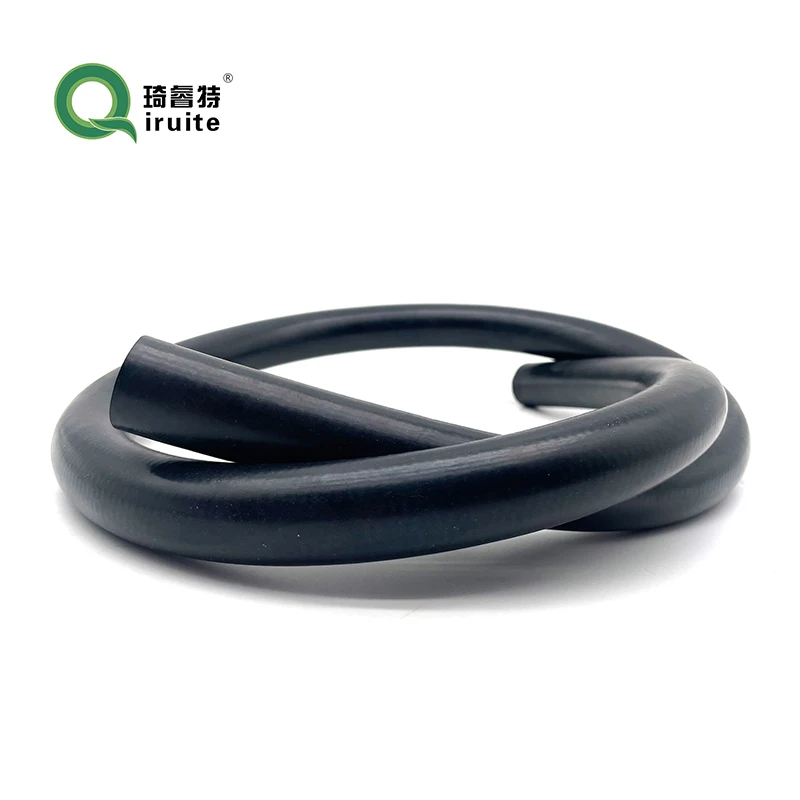make your own power steering hose
Make Your Own Power Steering Hose A DIY Guide
Power steering is an essential component in modern vehicles, providing drivers with the ability to maneuver their cars effortlessly. A crucial part of this system is the power steering hose, which facilitates the flow of hydraulic fluid. Over time, these hoses can wear out or become damaged, leading to leaks and reduced steering performance. Instead of purchasing an expensive replacement, why not consider making your own power steering hose? This article will guide you through the process step-by-step, ensuring you have the right materials and knowledge to tackle this DIY project.
Why Make Your Own Power Steering Hose?
Creating your own power steering hose can be beneficial for several reasons. First, it offers a cost-effective solution compared to buying a pre-made part. Second, it allows you to customize the hose to fit your specific vehicle's needs. Finally, it can be a rewarding experience, providing both practical skills and a sense of accomplishment.
Materials Needed
To get started, you will need several materials and tools
1. Hydraulic Hose Choose a high-quality hydraulic hose that meets or exceeds the specifications required by your vehicle. Ensure it can handle the pressure and the type of fluid your power steering system uses. 2. Hose Fittings Depending on your vehicle's system, you will need appropriate hose fittings. Make sure you select the correct size and type for your specific application.
3. Hose Clamps These will secure the hose fittings to the hoses and prevent leaks.
4. Cutting Tool A hose cutter or a sharp utility knife will work well to cut the hose to the desired length.
5. Hose Crimping Tool This tool is essential for securely attaching the fittings to the hose. You can rent or purchase one, depending on how often you plan to use it.
6. Safety Gear Always wear gloves and safety goggles when working with hydraulic systems to protect yourself from injury.
make your own power steering hose

Step-by-Step Instructions
1. Measure the Hose Length Begin by determining the length of the hose you need. Use a measuring tape to ensure accuracy, considering bend allowances and routing through the engine bay.
2. Cut the Hose Using your cutting tool, carefully cut the hydraulic hose to the desired length. Make sure the cut is straight to allow for a proper fit.
3. Prepare the Fittings Ensure that the hose fittings are clean and free of debris. Inspect them for damage or corrosion, as this could affect performance.
4. Insert Fittings into the Hose Push the fitting into one end of the hose. Make sure that the fitting reaches the specified depth to prevent any leaks.
5. Crimp the Fittings Using the hose crimping tool, secure the fitting to the hose. Ensure it is tight and properly crimped to support the high pressure of the power steering system.
6. Repeat for the Other End Follow the same process for the other end of the hose.
7. Install the Hose in the Vehicle Once your DIY hose is ready, install it in your vehicle. Ensure it follows the factory routing and is not kinked or pinched.
8. Check for Leaks After installation, start the engine and turn the steering wheel from lock to lock. Check for any signs of leaks around the fittings and the hose.
Conclusion
Making your own power steering hose is a practical project that can save you money and enhance your vehicle's performance. With the right materials and tools, it’s a straightforward task that anyone with basic mechanical skills can accomplish. Remember to prioritize safety throughout the process, and don’t hesitate to seek professional help if you feel unsure at any stage. By taking on this project, you’re not only keeping your vehicle in top shape but also gaining valuable hands-on experience in automotive repair. Happy DIY-ing!
-
Ultimate Spiral Protection for Hoses & CablesNewsJun.26,2025
-
The Ultimate Quick-Connect Solutions for Every NeedNewsJun.26,2025
-
SAE J1401 Brake Hose: Reliable Choice for Safe BrakingNewsJun.26,2025
-
Reliable J2064 A/C Hoses for Real-World Cooling NeedsNewsJun.26,2025
-
Heavy-Duty Sewer Jetting Hoses Built to LastNewsJun.26,2025
-
Fix Power Steering Tube Leaks Fast – Durable & Affordable SolutionNewsJun.26,2025

